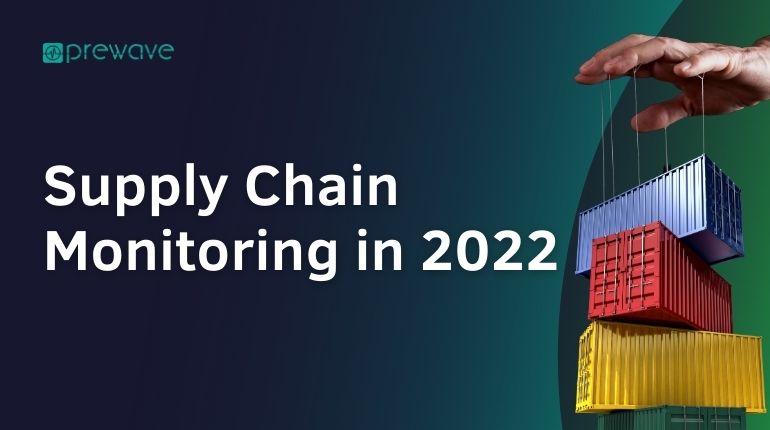Fact: As the number of third parties in your supply chain grows, supply chain monitoring is quickly becoming a necessity.
This is because, the more Tier-N suppliers you have, the higher the risk of one—or more—of them being involved in illegal or unethical practices, such as corruption, fraud, money laundering, human trafficking, slavery, inhumane working conditions, environmental damage, etc.
By not staying informed of what is going on in your supply chain—of the business practices of all your suppliers, down to the raw material—you are exposing your business to potentially irreparable financial and reputational damages.
But how can an enterprise achieve complete supply chain visibility (SCV)?
This post takes a deep dive into supply chain monitoring, including:
- How it works
- Why the right supply chain monitoring tool matters
- How Prewave can help
What is supply chain monitoring?
Supply chain monitoring is the general process of tracking various operations and events in the supply chain—from ordering raw materials or parts from suppliers to the delivery of the final product. Essentially, it represents the operational side of supply chain management (SCM), and involves a broad range of activities, such as:
- Monitoring logistics and other intricate operational processes, and
- Determining, evaluating and categorising supplier risks.
The goal?
Detecting disruptions as early as possible to avoid adverse effects on the entire business operation—and gaining a significant competitive advantage.
The Importance of Supply Chain Risk Intelligence in Monitoring
Supply chain monitoring involves quickly locating and tracking the status of assets, from raw materials to the final product. Internet of Things (IoT) solutions are often being deployed to address this need. This is because data from IoT sensors can provide companies with real-time information about their inventory—while potentially increasing supply chain visibility over time.
For example, pharmaceutical companies must continuously monitor the temperature of their products to ensure both quality and safety. COVID-19 vaccines, for instance, must maintain certain temperatures, or they will be rendered ineffective.
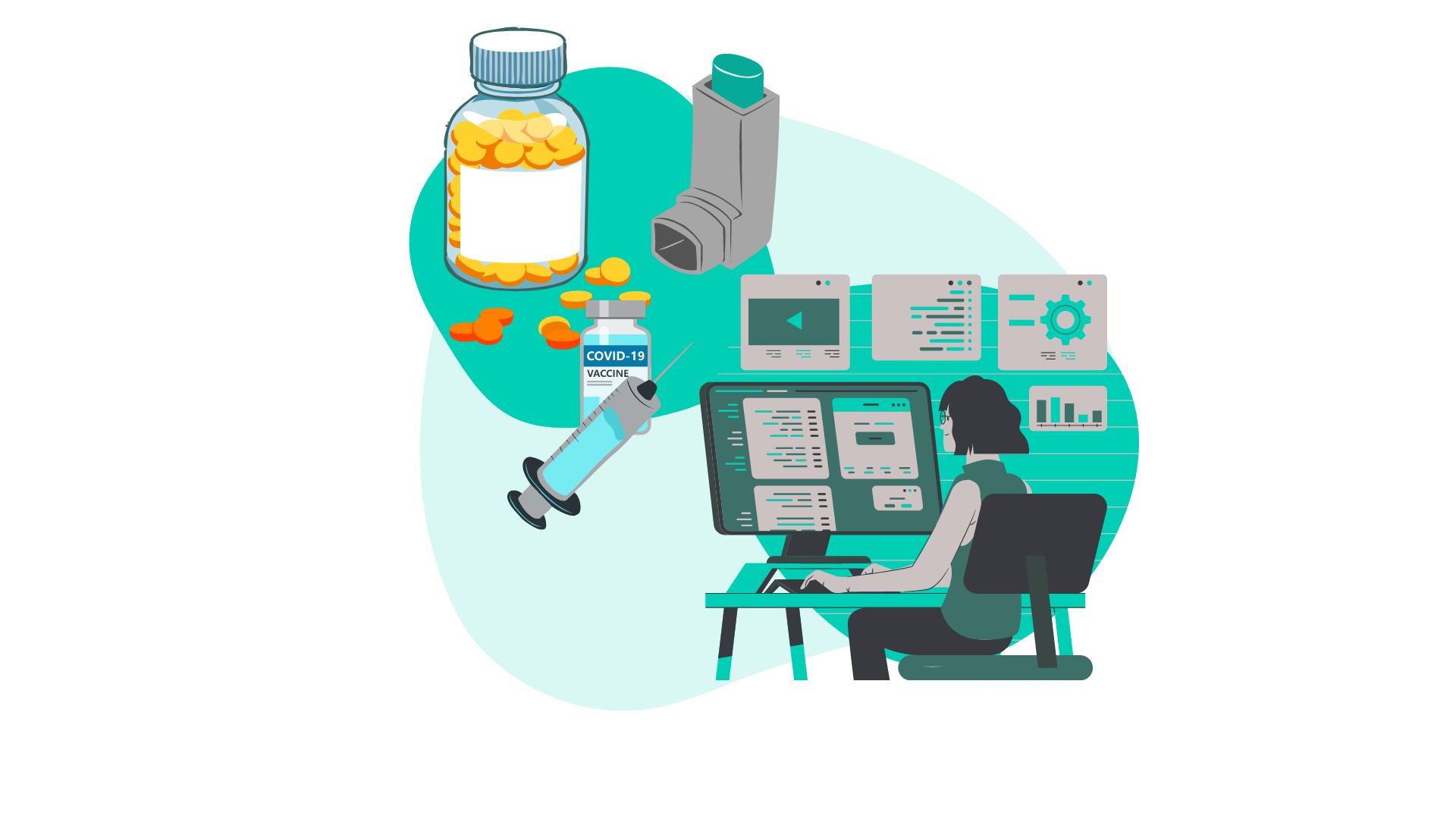
At the other end of the spectrum is the need to ensure that supplier risk is kept at a minimum. Ideally, your suppliers should keep you informed of anything that might have a direct or indirect effect on your business operations. In reality, however, the more third-party suppliers in your supply chain, the less visibility you will have—which significantly increases the number of potential and unforeseen supply chain disruptions.
This is why an essential aspect of supply chain monitoring involves gathering supply chain risk intelligence.
By screening partners and suppliers for a wide range of potential issues, you will be among the first to learn about any events that could impact—and disrupt—the supply chain, including natural disasters, industrial accidents, and consumer-related issues, to name a few.
Detecting risks through supply chain monitoring
Any supply chain disruptions, regardless of their scale, can have an adverse reaction on a company’s bottom line. A delay in the delivery of raw materials from a single supplier, for example, can create a domino effect and result in unfulfilled customer orders—leading to lost revenue, a decrease in customer satisfaction, and significant damage to a company’s reputation.
By monitoring the entire supply chain—including Tier-N—enterprises can prepare for and even avoid potential disruptions altogether.
A few of these disruptions are detailed below.
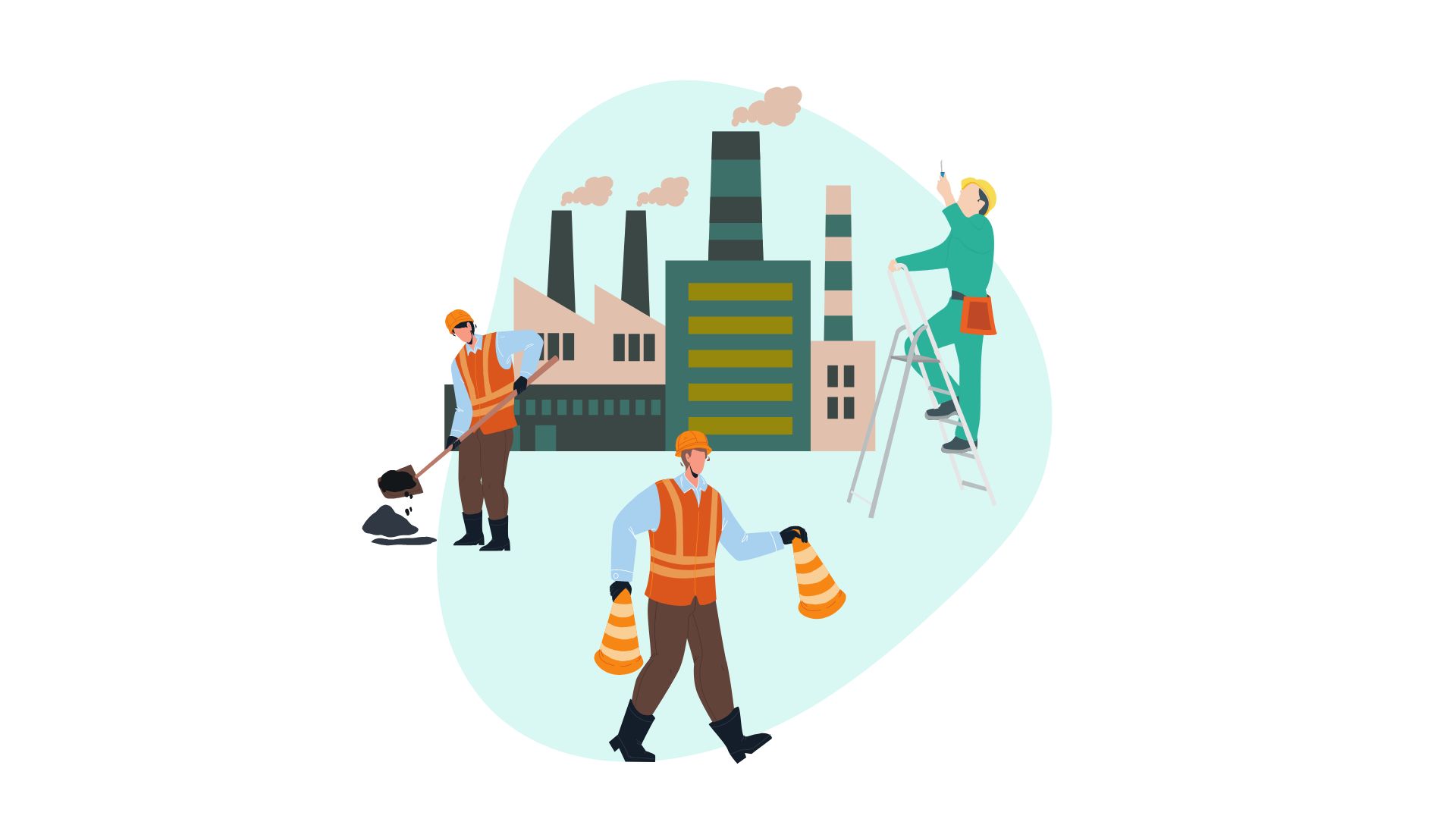
PRODUCTION EQUIPMENT REPAIR
Production equipment is subject to wear and tear, and unplanned repairs can significantly affect a business’ daily operations. As such, keeping track of the state of the production line equipment is a significant component of supply chain monitoring. Technologies, such as IoT sensors, can help enterprises by issuing alerts when repairs are needed, thus allowing time to schedule these in advance, during lean seasons.
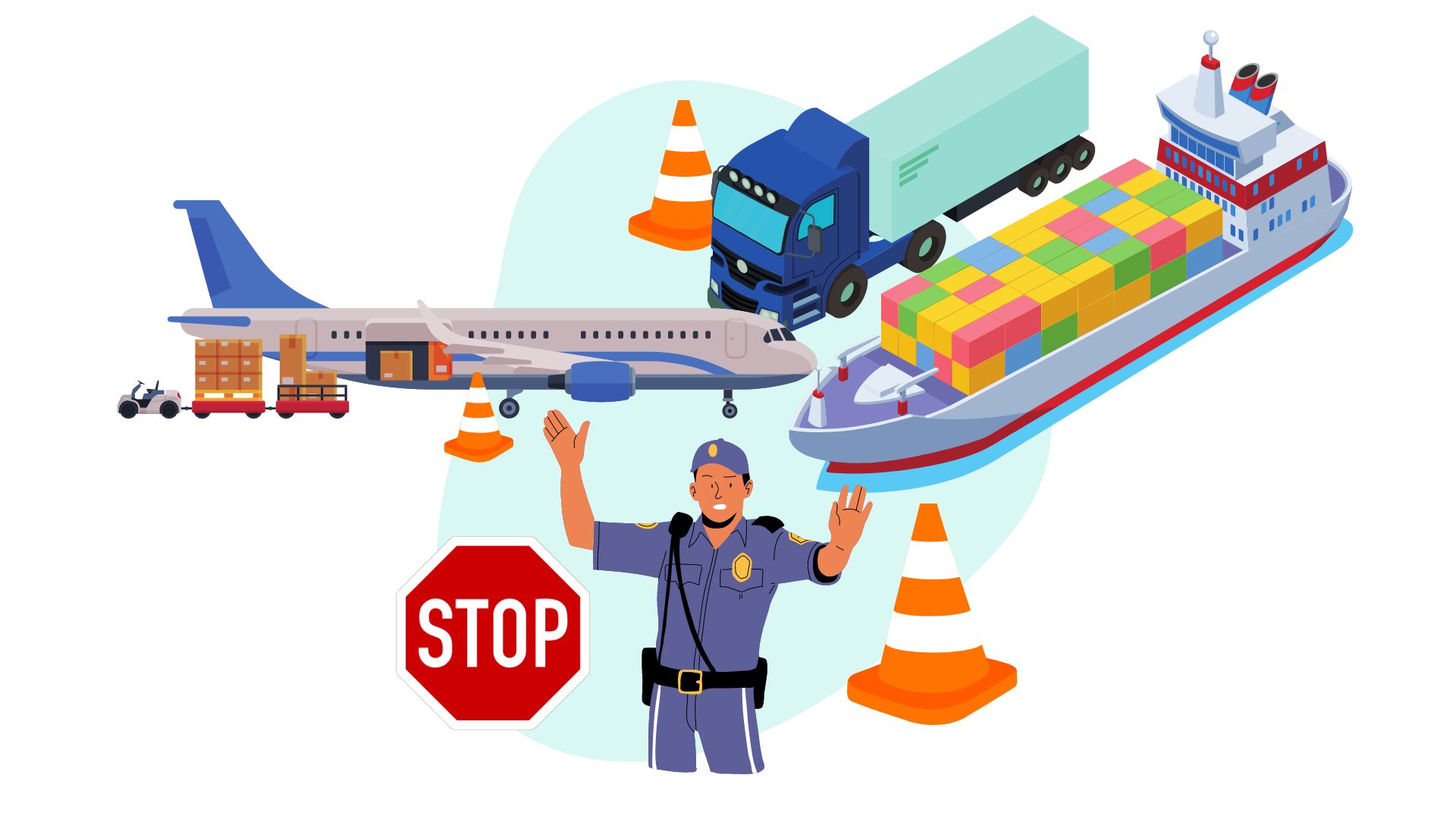
LOGISTICS ISSUES
Supply chain disruptions are often related to logistics. The transport of goods could be affected by a wide range of factors, including natural disasters, traffic congestion, and unfavourable weather conditions. However, technologies, such as sensors and Global Positioning System (GPS) devices, can help relay new routes to avoid delays. Companies can also rely on end-to-end monitoring platforms to gain better visibility into their supply chain—e.g., to uncover logistics blind spots or optimise decisions regarding route planning.
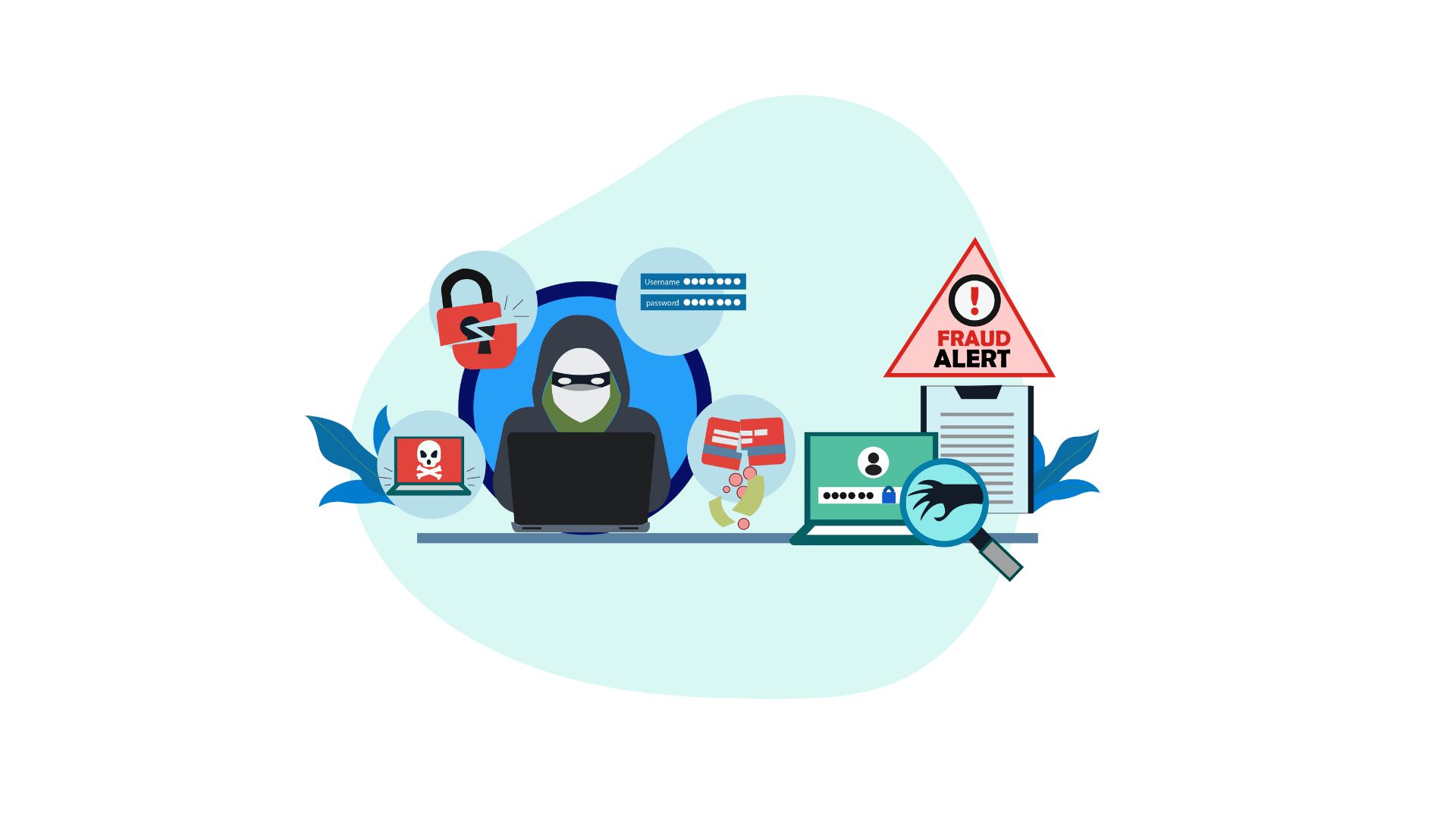
CYBERATTACKS
A cybersecurity incident in the network of a supplier, vendor, or partner can pose a major threat to an organisation. Not only can it disrupt operations, but can also expose the organisation’s networks and sensitive data to the same threat. This is why it is crucial for enterprises to monitor their suppliers’ cybersecurity integrity while also preparing for unexpected cyber threats.

SUPPLIERS AND PARTNERS FAILING TO DELIVER
Detecting potential delivery delays, while challenging, is extremely important. By predicting how a supplier or partner might perform as part of the supply chain, enterprises can make better business decisions. This involves using machine learning (ML) to keep track of news in real-time, and gathering data about a supplier to create relevant future alerts.
Example
You’ve received an alert stating that “Supplier A” is facing labour unrest. By learning about this situation as it is evolving, you can immediately contact the vendor for more information and future steps. Staying informed means having the ability to plan for anything that might directly impact your business in advance.
Prewave’s supplier monitoring tool, for example, can predict incidents even weeks in advance. In case of order unfulfilment on the supplier’s side, you will have more than enough time to find another option. Your business will keep running as usual, and your product will be delivered on time.
With Prewave, you can answer the following questions:
- Are my suppliers or partners reliable?
- Have they been involved in any large-scale incidents in the past?
- What news and events could affect the supplier’s performance?
How Supply Chain Monitoring Works
By now, it is clear that technology—most notably IoT and ML—plays a vital role in supply chain monitoring. Some of the most frequently used instruments for monitoring include:
- Supply chain management software platforms
- Supply chain analytics solutions
- Cloud-based tools
These are used by supply chain management specialists to help keep track of everything that is going on in the supply chain.
ML, in particular, can ensure a broader supply chain monitoring scope. Real-time and up-to-date data about suppliers can be collected and analysed, regardless of location or language. As a result, risk alerts are generated, allowing companies to react and respond to events well in advance.
Example
Prewave detected a pollution warning for the ArcelorMittal plant in Taranto, Italy, as early as 15 August 2019. Our Supply Chain Risk Intelligence Platform continued to pick up warnings, and proceeded to send out alerts to affected clients over the next months, including the closure alert in December 2020. On 14 February 2021, the plant was finally shut down.
This means that any enterprises working with the ArcelorMittal plant in Taranto—and using Prewave—had more than a year’s notice, from the initial pollution alert in 2019 to the closure of the plant. Both early and continuous alerts enabled these enterprises to take quick action when possible, and implement the necessary safeguards. Get notified of present and predicted disruptions at all levels of your supply chain. The Prewave platform covers over 150 risk categories including compliance, disruption, financial, legal and sustainability risks!
Prewave at a glance
- Real-time and historic monitoring
- Millions of news and social media sources, as well as publicly-available databases
- Accurate predictions
- Access to your suppliers’ incident history
- A 360° risk view
Prewave is a Supply Chain Risk Intelligence Platform that helps enterprises and supply chain management specialists gain complete visibility into their global supply chains by providing alerts based on both real-time and historical data. For more information on how Prewave can help make your supply chain more resilient, contact us today!
